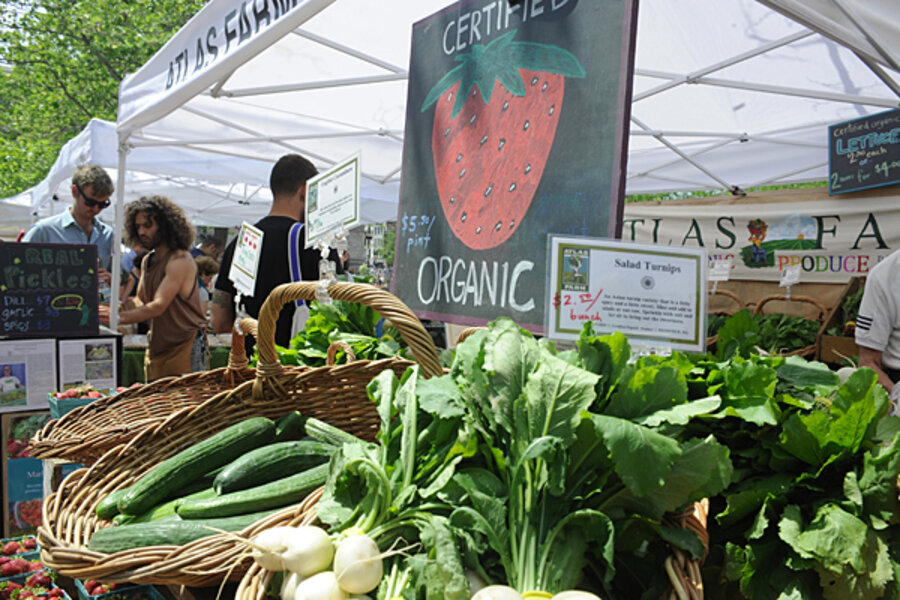Definition: In general, “locally grown” applies to food grown on nearby farms – which, with no standardized distinction, can mean just about anything in terms of the actual distance. It could mean food grown within a 20-mile radius, or a 150-mile radius. The term might be better defined by what it isn’t – tomatoes shipped from California to Massachusetts, for instance, or citrus from South America. The local food movement has grown prodigiously over the past decade or so, and its champions include bestselling authors Michael Pollan and Bill McKibben, among others. The movement developed as a conscientious alternative to organics, which have been largely co-opted by corporate farms in recent years.
What it means for you: Supporters of the local food movement argue that the food tastes better while supporting the local farming community and lessening the global food supply’s environmental impact. Food that has to travel farther uses more energy in fuel and refrigeration and generates more greenhouse gases, the logic goes. Activists have even lobbied to have the number of “food miles” a product has travelled included on grocery store labels.
But skeptics argue that the energy argument may be stretch, because in certain instances locally grown food can require its own prodigious amount of energy. “A head of lettuce grown in Vermont may have less of an energy impact than the one shipped up from Chile,” Drake Bennett wrote in the Boston Globe in 2007. “But grow that Vermont lettuce late in the season in a heated greenhouse and its energy impact leapfrogs the imported option.”
Plus, at certain times of the year, maintaining a locally grown diet can mean hugely limited food options in certain areas. But a trip to the local farmers’ market can be great way to get fresh produce while supporting local farms.







